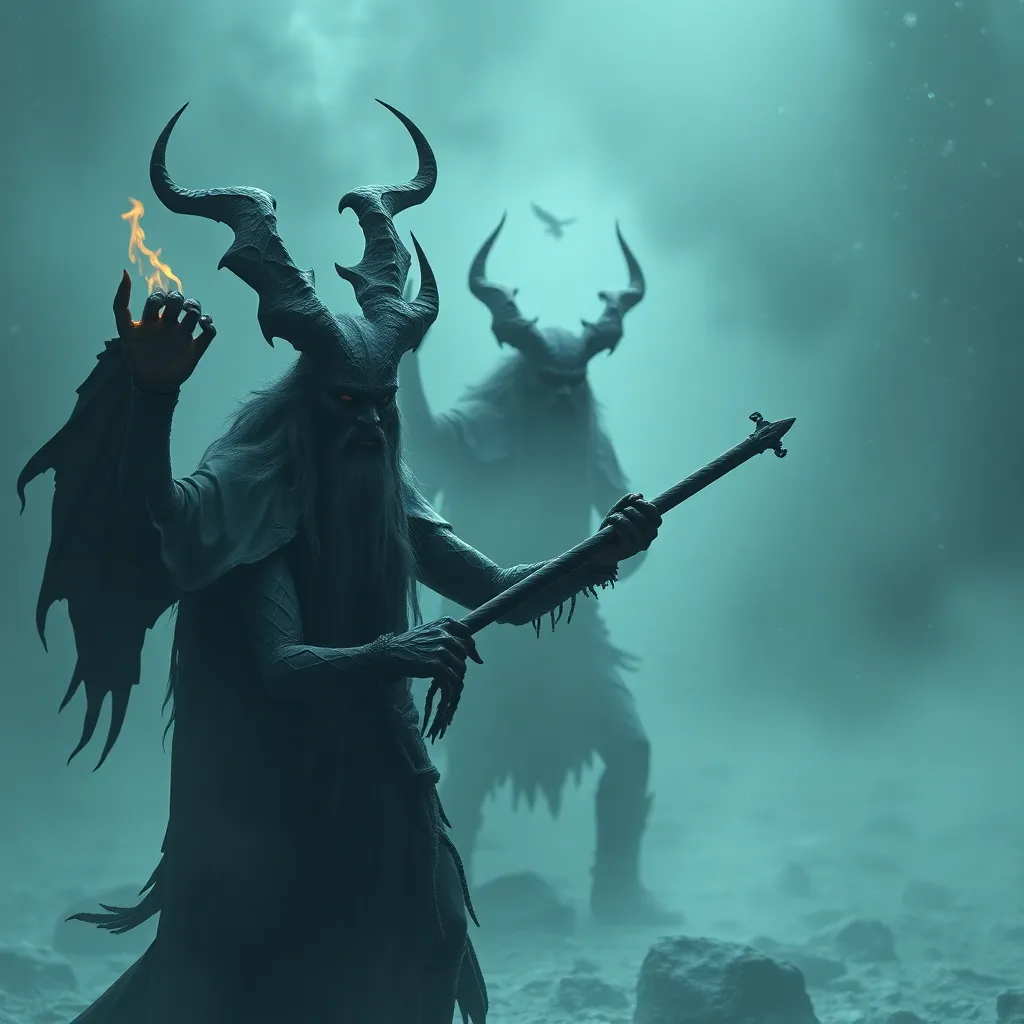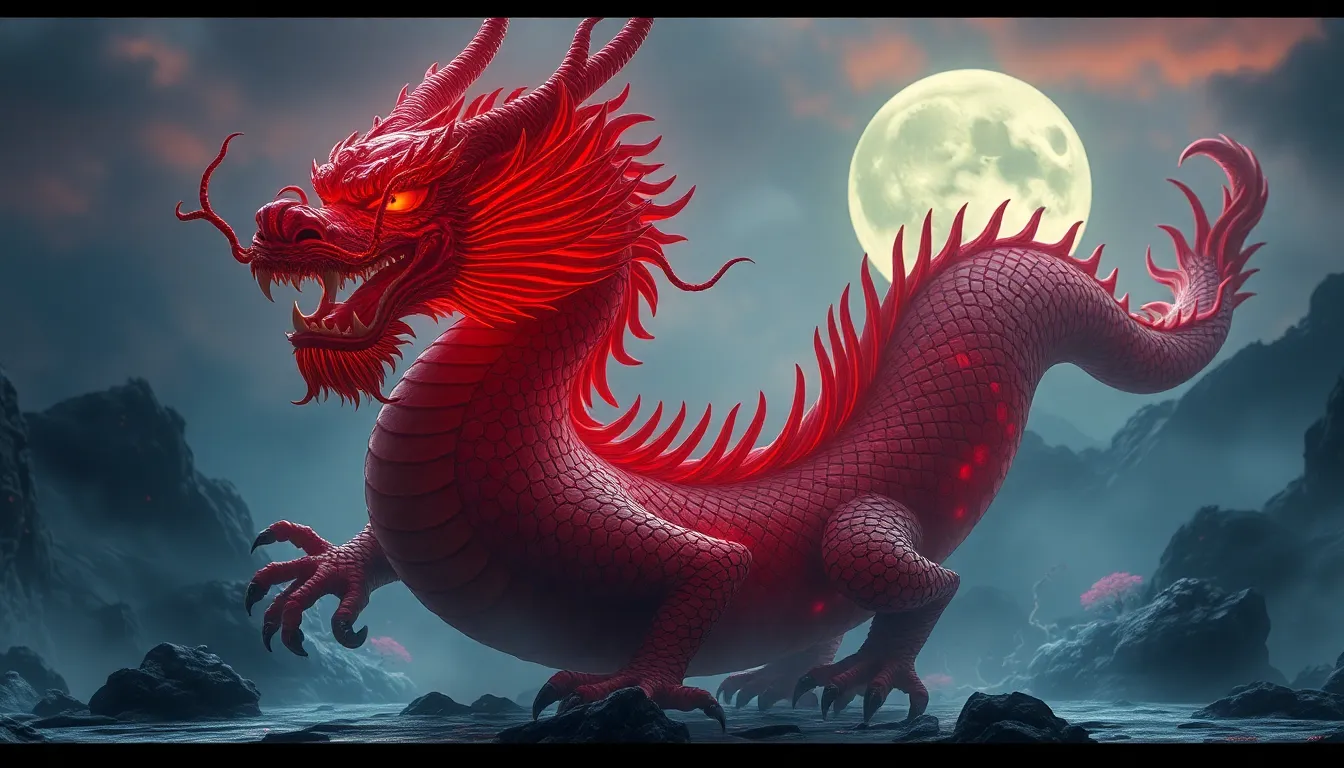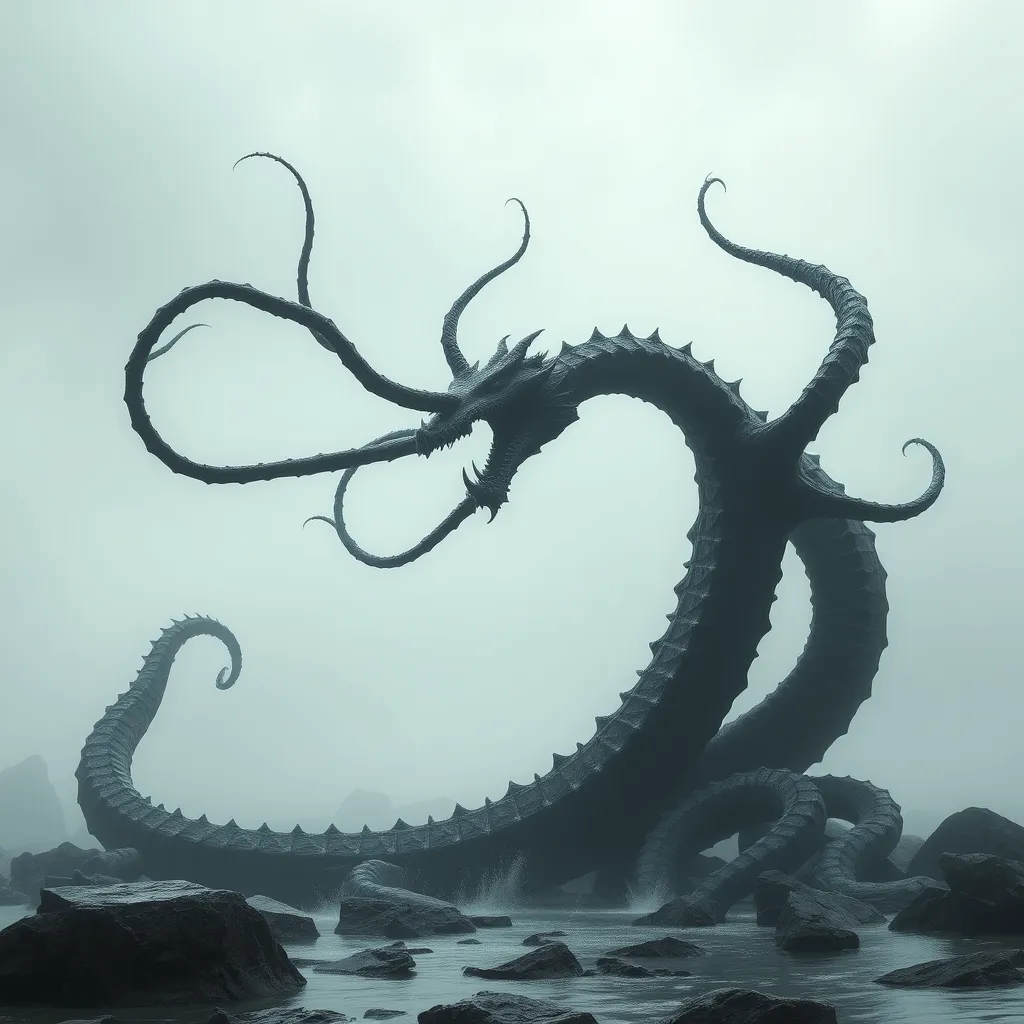Orcish Music & Song: Exploring the Rhythms & Melodies of Orcish Cultures
I. Introduction
Orcish culture has been a staple in various fantasy settings, often characterized by its unique traditions, societal structures, and artistic expressions. Orcs, typically portrayed as fierce warriors, also possess a rich cultural heritage that includes a vibrant musical tradition. Music and song play an essential role in their societies, serving as a means of communication, storytelling, and emotional expression.
This article aims to explore the multifaceted world of Orcish music, delving into its historical context, instruments, themes, rituals, and contemporary adaptations. By examining these aspects, we can gain a deeper appreciation for the richness of Orcish culture and its contributions to the broader tapestry of musical traditions.
II. Historical Context of Orcish Music
The origins of Orcish music can be traced back to folklore and oral traditions that have been passed down through generations. These musical forms often reflect the experiences and values of Orcish societies, encapsulating their struggles and triumphs.
Over time, the musical styles of different Orcish tribes have evolved, influenced by their surrounding environments and interactions with neighboring cultures. For instance:
- Some tribes incorporate elements from human folk music, adding a melodic quality to their otherwise rhythmic compositions.
- Others may draw from the songs of elves or dwarves, resulting in unique hybrid styles.
This interplay between Orcish music and external influences has enriched their musical heritage, allowing for a dynamic evolution of styles and practices.
III. Instruments of the Orcish Band
Orcish music is characterized by a variety of traditional instruments that are often handcrafted from locally sourced materials. These instruments not only produce distinct sounds but also hold cultural significance within Orcish communities.
Some of the traditional Orcish instruments include:
- Drums: Percussion instruments are central to Orcish music, providing the driving rhythms that accompany their songs.
- String Instruments: The gromtar, a type of lute made from animal hides and wood, is commonly used, as well as the orcish fiddle.
- Wind Instruments: Instruments like the bone flute and horns crafted from animal bones are prevalent, producing haunting melodies that resonate with Orcish folklore.
The role of percussion in Orcish music cannot be overstated; it sets the pace for dances, rituals, and communal gatherings, creating an atmosphere of unity and celebration.
IV. Themes and Lyrics in Orcish Songs
Orcish music often explores a range of themes that reflect their worldview. Common topics in their songs include:
- Battle: Many songs recount tales of valor and heroism in combat, celebrating the bravery of warriors.
- Nature: The connection to the land is profound, and Orcish songs frequently honor the natural world and its cycles.
- Community: Songs that emphasize togetherness and communal bonds are essential, often sung during gatherings and festivals.
The significance of storytelling in Orcish lyrics is paramount. Oral history is preserved through song, allowing the next generation to learn about their ancestors and cultural heritage. Notable Orcish songs often carry deep meanings, serving as both entertainment and education.
V. The Role of Music in Orcish Rituals and Celebrations
Music plays a vital role in various Orcish rituals and spiritual practices. It is not merely an art form but a means of connecting with the divine and honoring ancestors.
During rituals, music is often used to:
- Invoke spirits and blessings.
- Mark significant life events such as births, marriages, and deaths.
- Celebrate seasonal changes and agricultural cycles.
In addition, Orcish music is a cornerstone of their celebrations and festivals. Events such as the Harvest Festival and the Warrior’s Rite feature music prominently, with communal singing and dancing that fosters a sense of belonging and joy.
VI. Contemporary Orcish Music and Global Influence
In recent years, there has been a resurgence of interest in Orcish music, leading to modern adaptations of traditional sounds. Contemporary Orcish musicians are blending their ancestral heritage with modern genres, creating a unique fusion that resonates with a new audience.
The intersection of Orcish music with other genres and cultures is evident in the works of notable Orcish musicians and bands. Some examples include:
- Orcish Rock Bands: Groups that incorporate electric instruments and rock rhythms while retaining traditional Orcish themes.
- Folk Fusion Artists: Musicians who experiment with blending Orcish melodies with world music, creating a rich tapestry of sound.
This contemporary movement is not only revitalizing Orcish music but also introducing it to a global audience, fostering appreciation for cultural diversity.
VII. The Future of Orcish Music
Despite its rich heritage, Orcish music faces challenges in a globalized world. The encroachment of modern pop culture and technology poses a threat to traditional practices and the transmission of oral histories.
However, efforts are underway to preserve and promote Orcish musical heritage through:
- Community workshops and festivals dedicated to traditional music.
- Collaborations with other cultural groups to enhance visibility and appreciation.
- Educational programs that teach the younger generation about their musical roots.
Looking ahead, it is likely that Orcish music will continue to evolve, blending traditional elements with contemporary influences while retaining its core values and themes.
VIII. Conclusion
In summary, Orcish music is a vital expression of their culture, encompassing a wide range of instruments, themes, and historical influences. Its significance extends beyond mere entertainment; it is a powerful medium for storytelling, community bonding, and spiritual connection.
The enduring power of Orcish music lies in its ability to adapt and thrive amidst changing times, serving as a reminder of the importance of cultural diversity and heritage. Readers are encouraged to explore the depths of Orcish music, attend performances, and support initiatives that celebrate this rich tradition.




